Home>Home Appliances>Cleaning Appliances>What To Mop Wood Floors With
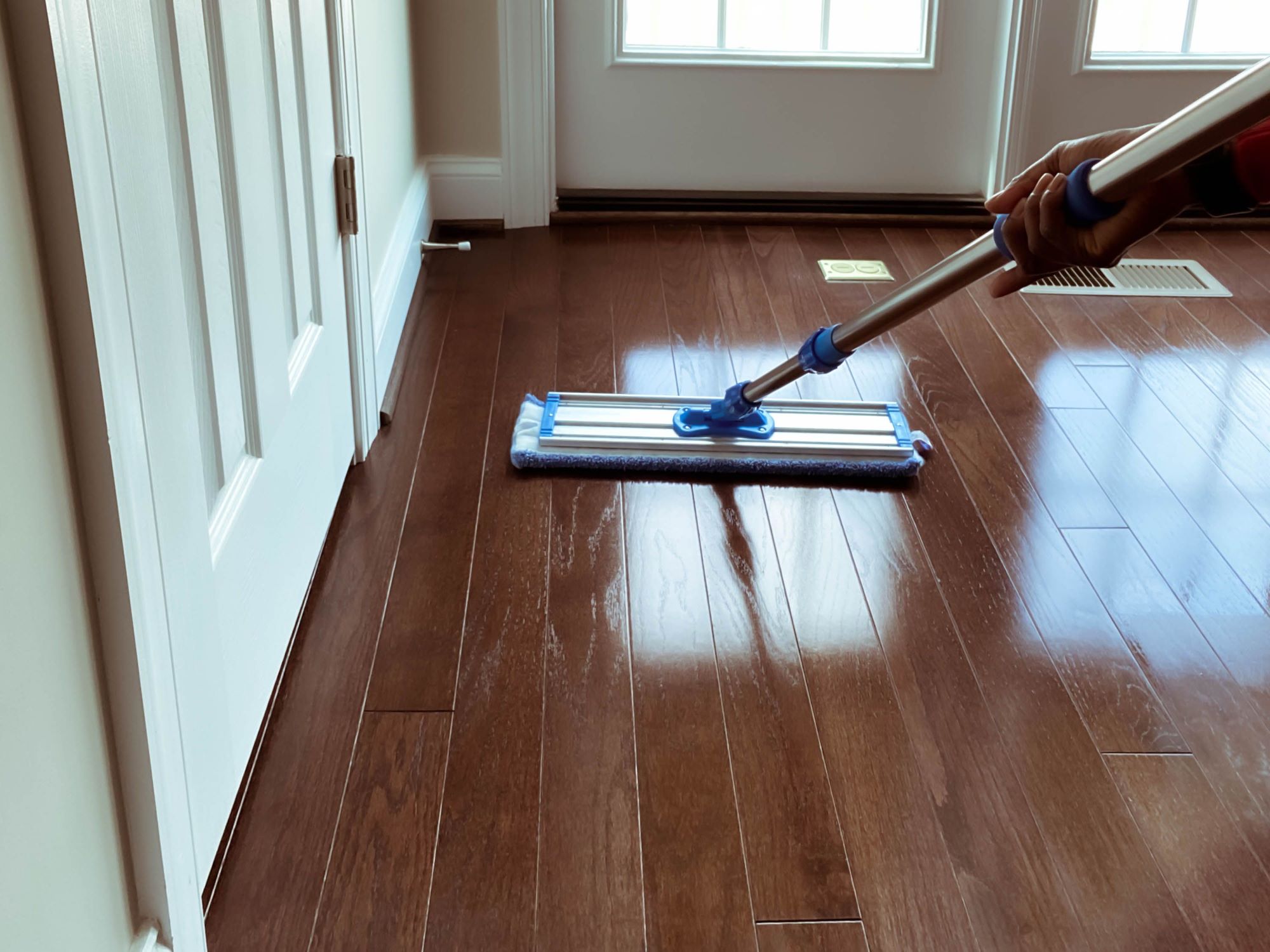

Cleaning Appliances
What To Mop Wood Floors With
Modified: February 18, 2024
Discover the best cleaning appliances for mopping wood floors. Find effective solutions and tips for maintaining your wood floors' cleanliness and shine.
(Many of the links in this article redirect to a specific reviewed product. Your purchase of these products through affiliate links helps to generate commission for Storables.com, at no extra cost. Learn more)
Introduction
Maintaining the luster and longevity of wood floors is a priority for homeowners and renters alike. The natural warmth and elegance of wood flooring create an inviting ambiance in any home, making it a sought-after feature. However, to preserve its beauty, regular cleaning and maintenance are essential. One of the most effective ways to keep wood floors in pristine condition is by mopping. But what should you mop wood floors with? This comprehensive guide will explore the best cleaning solutions and techniques for mopping wood floors, ensuring that you can enjoy their timeless appeal for years to come.
Wood floors are a versatile and timeless choice for any home, offering a classic aesthetic that complements a wide range of interior styles. However, not all wood floors are created equal. Understanding the different types of wood flooring is crucial for determining the most suitable cleaning methods. From traditional solid hardwood to engineered wood and laminate flooring, each type has unique characteristics that influence the best approach to cleaning and maintenance. By delving into the specifics of each type, you can gain valuable insights into how to care for your wood floors effectively.
When it comes to mopping wood floors, the choice of cleaning solution is paramount. Natural cleaning solutions offer eco-friendly and non-toxic alternatives, while commercial cleaning products are formulated for powerful and convenient cleaning. Both options have their distinct advantages, and understanding the differences between them is essential for making an informed decision. Additionally, incorporating practical tips for mopping wood floors will ensure that you achieve optimal results while safeguarding the integrity of the wood.
By exploring the diverse array of cleaning solutions and techniques available, you can discover the most effective and suitable methods for mopping your wood floors. Whether you prefer natural cleaning solutions or commercial products, there are numerous options to accommodate your preferences and priorities. With the right approach, mopping wood floors can be a straightforward and rewarding task, allowing you to relish the timeless allure of wood flooring in your home.
Key Takeaways:
- Choose the right cleaning solution and technique for your wood floors based on their type to maintain their timeless appeal and structural integrity.
- Whether using natural or commercial cleaning solutions, mopping wood floors with minimal moisture and proper ventilation ensures a clean and inviting living space.
Read more: How To Mop Unsealed Wood Floors
Types of Wood Floors
Wood floors come in various types, each with its own unique characteristics and maintenance requirements. Understanding the distinctions between these types is essential for determining the most appropriate cleaning methods and products. Here are the primary types of wood floors:
- Solid Hardwood: This classic flooring option is crafted from a single piece of wood and is renowned for its timeless appeal and durability. Solid hardwood floors can be sanded and refinished multiple times, making them a long-lasting choice for homes. When mopping solid hardwood floors, it’s crucial to use minimal water to prevent warping or damage to the wood.
- Engineered Wood: Engineered wood flooring consists of multiple layers of wood veneer, providing enhanced stability and resistance to moisture. While engineered wood is more resilient to humidity and temperature fluctuations than solid hardwood, it still requires gentle mopping to prevent water infiltration between the planks.
- Laminate Flooring: Laminate flooring simulates the appearance of wood using a multi-layer synthetic material. It is highly durable and resistant to scratches, making it a popular choice for high-traffic areas. When mopping laminate floors, it’s important to use minimal moisture and avoid harsh cleaning solutions to prevent damage to the protective top layer.
- Bamboo Flooring: Bamboo flooring offers a sustainable and eco-friendly alternative to traditional wood floors. It is prized for its natural beauty and exceptional hardness. When mopping bamboo floors, it’s essential to use a cleaning solution specifically designed for bamboo to maintain its integrity and luster.
Each type of wood flooring demands specific care to preserve its beauty and structural integrity. By identifying the type of wood floor in your home, you can tailor your cleaning approach to ensure that it remains in optimal condition for years to come.
Cleaning Solutions for Wood Floors
When it comes to mopping wood floors, choosing the right cleaning solution is crucial for maintaining their beauty and durability. Whether you prefer natural, DIY solutions or commercial cleaning products, there are numerous options to accommodate your preferences and priorities.
Natural Cleaning Solutions
Natural cleaning solutions offer an eco-friendly and non-toxic approach to mopping wood floors. These homemade remedies are gentle on wood surfaces while effectively removing dirt and grime. Here are some popular natural cleaning solutions:
- Vinegar and Water: A simple mixture of water and white vinegar is a popular choice for cleaning wood floors. The mild acidity of vinegar helps dissolve dirt and residue, leaving floors clean and streak-free.
- Olive Oil and Lemon Juice: A blend of olive oil and lemon juice can be used to create a natural wood floor polish. This mixture not only cleans the wood surface but also imparts a subtle shine.
- Tea-based Cleaner: Steeped black tea, when combined with warm water, offers a natural solution for cleaning wood floors. The tannic acid in tea helps to dissolve dirt and enhance the wood’s natural luster.
Commercial Cleaning Solutions
Commercial cleaning products are formulated specifically for wood floors, offering convenience and powerful cleaning capabilities. These products are available in various forms, including ready-to-use sprays, concentrates, and wipes. When selecting a commercial cleaning solution, it’s essential to choose one that is suitable for your specific type of wood flooring, whether it’s solid hardwood, engineered wood, laminate, or bamboo.
Many commercial wood floor cleaners are designed to remove dirt, grime, and stains without leaving residue or damaging the wood surface. Some products also incorporate protective elements to enhance the floor’s resistance to wear and tear.
When using commercial cleaning solutions, it’s important to follow the manufacturer’s instructions carefully to ensure optimal results while safeguarding the integrity of the wood. Additionally, always test a small, inconspicuous area of the floor before applying the cleaner extensively to ensure compatibility and avoid any potential damage.
By exploring the diverse array of natural and commercial cleaning solutions available, you can select the most suitable options for mopping your wood floors, promoting their longevity and timeless appeal.
Read also: 15 Best Wood Floor Mop For 2025
Natural Cleaning Solutions
When it comes to cleaning wood floors, natural solutions offer a non-toxic and eco-friendly alternative to commercial cleaning products. These homemade remedies are not only gentle on wood surfaces but also effective in removing dirt and grime. Here are some popular natural cleaning solutions that can help maintain the beauty of your wood floors:
- Vinegar and Water: A simple mixture of water and white vinegar is a popular choice for cleaning wood floors. The mild acidity of vinegar helps dissolve dirt and residue, leaving floors clean and streak-free. To use this solution, combine equal parts of water and vinegar in a spray bottle, then lightly mist the floor and mop as usual.
- Olive Oil and Lemon Juice: A blend of olive oil and lemon juice can be used to create a natural wood floor polish. Mix 1/2 cup of olive oil with 1/4 cup of fresh lemon juice, and apply a small amount to a soft cloth. Gently rub the cloth over the wood surface to clean and polish the floor, leaving behind a subtle shine and a refreshing scent.
- Tea-based Cleaner: Steeped black tea, when combined with warm water, offers a natural solution for cleaning wood floors. The tannic acid in tea helps to dissolve dirt and enhance the wood’s natural luster. To use this method, brew a few bags of black tea in hot water, allow the tea to cool, then use a mop or cloth dampened with the tea solution to clean the wood floors.
These natural cleaning solutions are not only effective but also safe for households with children and pets. They provide a sustainable and cost-effective approach to maintaining the cleanliness and beauty of wood floors without the use of harsh chemicals.
It’s important to note that when using natural cleaning solutions, it’s advisable to test them on a small, inconspicuous area of the wood floor first to ensure compatibility and avoid any potential damage. Additionally, always wring out mops or cloths thoroughly to minimize the amount of moisture applied to the wood surface, as excess water can cause warping or damage over time.
By incorporating natural cleaning solutions into your wood floor maintenance routine, you can enjoy a pristine and naturally elegant living space while contributing to a healthier indoor environment.
Commercial Cleaning Solutions
Commercial cleaning solutions are specifically formulated to provide convenient and effective cleaning for wood floors. These products offer a range of benefits, including powerful dirt and grime removal, protective elements, and ease of use. When choosing a commercial cleaning solution for your wood floors, it’s important to select a product that is compatible with the specific type of wood flooring in your home, whether it’s solid hardwood, engineered wood, laminate, or bamboo.
Commercial wood floor cleaners are available in various forms, including ready-to-use sprays, concentrates, and wipes. These products are designed to effectively remove dirt, grime, and stains without leaving residue or causing damage to the wood surface. Many commercial cleaners also incorporate protective elements to enhance the floor’s resistance to wear and tear, prolonging its longevity and maintaining its natural beauty.
When using commercial cleaning solutions, it’s essential to follow the manufacturer’s instructions carefully to ensure optimal results while safeguarding the integrity of the wood. Here are some key considerations when using commercial cleaning solutions for wood floors:
- Compatibility: Ensure that the commercial cleaner is suitable for the type of wood flooring you have. Different wood species and finishes may require specific cleaning formulations to prevent damage.
- Application: Follow the recommended application method, whether it’s spraying the cleaner directly onto the floor, diluting it with water, or using pre-moistened wipes. Proper application ensures thorough cleaning without excessive moisture exposure.
- Spot Testing: Before applying the cleaner extensively, conduct a spot test in a small, inconspicuous area of the floor to ensure compatibility and avoid any potential adverse effects.
- Residue Removal: After mopping with a commercial cleaner, ensure that any residue or excess moisture is promptly removed from the wood surface to prevent streaking or damage.
By selecting a high-quality commercial cleaning solution and following best practices for application, you can effectively maintain the cleanliness and beauty of your wood floors while preserving their structural integrity. Additionally, regular use of commercial wood floor cleaners can contribute to the long-term durability and aesthetic appeal of your wood flooring, ensuring that it remains a timeless and inviting feature in your home.
Mix 1/4 cup of vinegar with 1 gallon of warm water for a natural and effective wood floor cleaner. Vinegar helps to remove dirt and grime without damaging the wood.
Tips for Mopping Wood Floors
Mopping wood floors is an essential part of their maintenance, and employing the right techniques can help preserve their beauty and structural integrity. Whether you opt for natural cleaning solutions or commercial products, incorporating the following tips can ensure effective and safe mopping:
- Use Minimal Moisture: Excess water can seep into the seams and crevices of wood floors, potentially causing warping or damage. When mopping, wring out the mop thoroughly to minimize moisture and prevent overexposure to water.
- Choose the Right Mop: Select a mop specifically designed for wood floors, such as microfiber or sponge mops. These types of mops are gentle on wood surfaces and effectively capture dirt and debris without causing scratches.
- Regular Dusting: Before mopping, ensure that the floor is free of dust and debris by using a soft-bristled broom or a vacuum with a floor brush attachment. This helps prevent scratching and ensures a thorough clean.
- Protective Pads: Consider attaching protective pads to the legs of furniture to prevent scratches and dents on the wood floor during mopping and everyday use.
- Directional Mopping: Mop in the direction of the wood grain to avoid streaking and to effectively capture dirt and residue. This technique helps maintain the natural appearance of the wood surface.
- Spot Cleaning: Address spills and stains promptly by using a slightly damp cloth or mop to prevent them from setting into the wood and becoming more challenging to remove.
- Regular Maintenance: Implement a regular mopping schedule to prevent the accumulation of dirt and grime, which can lead to surface damage over time. Consistent maintenance helps preserve the wood floor’s appearance and structural integrity.
- Proper Ventilation: Ensure adequate ventilation in the mopping area to facilitate the drying of the wood floor. Proper airflow helps prevent moisture from lingering and potentially causing damage.
By incorporating these tips into your wood floor mopping routine, you can maintain a clean and inviting living space while safeguarding the timeless beauty and durability of your wood flooring. Whether you opt for natural cleaning solutions or commercial products, these techniques can help you achieve optimal results while caring for your wood floors effectively.
Conclusion
Maintaining the beauty and longevity of wood floors through regular mopping is a fundamental aspect of home care. By understanding the diverse types of wood flooring and the most suitable cleaning solutions, homeowners can ensure that their wood floors remain a timeless and inviting feature in their living spaces.
From solid hardwood to engineered wood, laminate, and bamboo flooring, each type of wood floor requires specific care to preserve its natural allure and structural integrity. Whether opting for natural cleaning solutions or commercial products, there are numerous options to accommodate individual preferences and priorities, allowing homeowners to tailor their cleaning approach to suit their unique needs.
By incorporating natural cleaning solutions such as vinegar and water, olive oil and lemon juice, or tea-based cleaners, homeowners can embrace an eco-friendly and non-toxic approach to mopping wood floors. These homemade remedies not only effectively clean wood surfaces but also contribute to a healthier indoor environment for families and pets.
On the other hand, commercial cleaning solutions offer convenience, powerful cleaning capabilities, and protective elements designed to enhance the resilience and beauty of wood floors. Selecting a high-quality commercial cleaner that is compatible with the specific type of wood flooring is essential for achieving optimal results and safeguarding the wood’s integrity.
Implementing best practices for mopping wood floors, such as using minimal moisture, choosing the right mop, regular dusting, and addressing spills promptly, can help homeowners maintain the cleanliness and allure of their wood floors while preventing damage and wear over time.
Ultimately, by combining the knowledge of wood floor types, effective cleaning solutions, and practical mopping tips, homeowners can enjoy the timeless elegance and warmth of wood flooring in their homes for years to come. Whether opting for natural or commercial cleaning solutions, the goal remains the same: to preserve the natural beauty and durability of wood floors, creating a welcoming and visually stunning living environment.
With the right approach to mopping and care, wood floors can continue to be a beloved and enduring feature in homes, providing a classic and inviting backdrop for cherished memories and everyday living.
Frequently Asked Questions about What To Mop Wood Floors With
Was this page helpful?
At Storables.com, we guarantee accurate and reliable information. Our content, validated by Expert Board Contributors, is crafted following stringent Editorial Policies. We're committed to providing you with well-researched, expert-backed insights for all your informational needs.
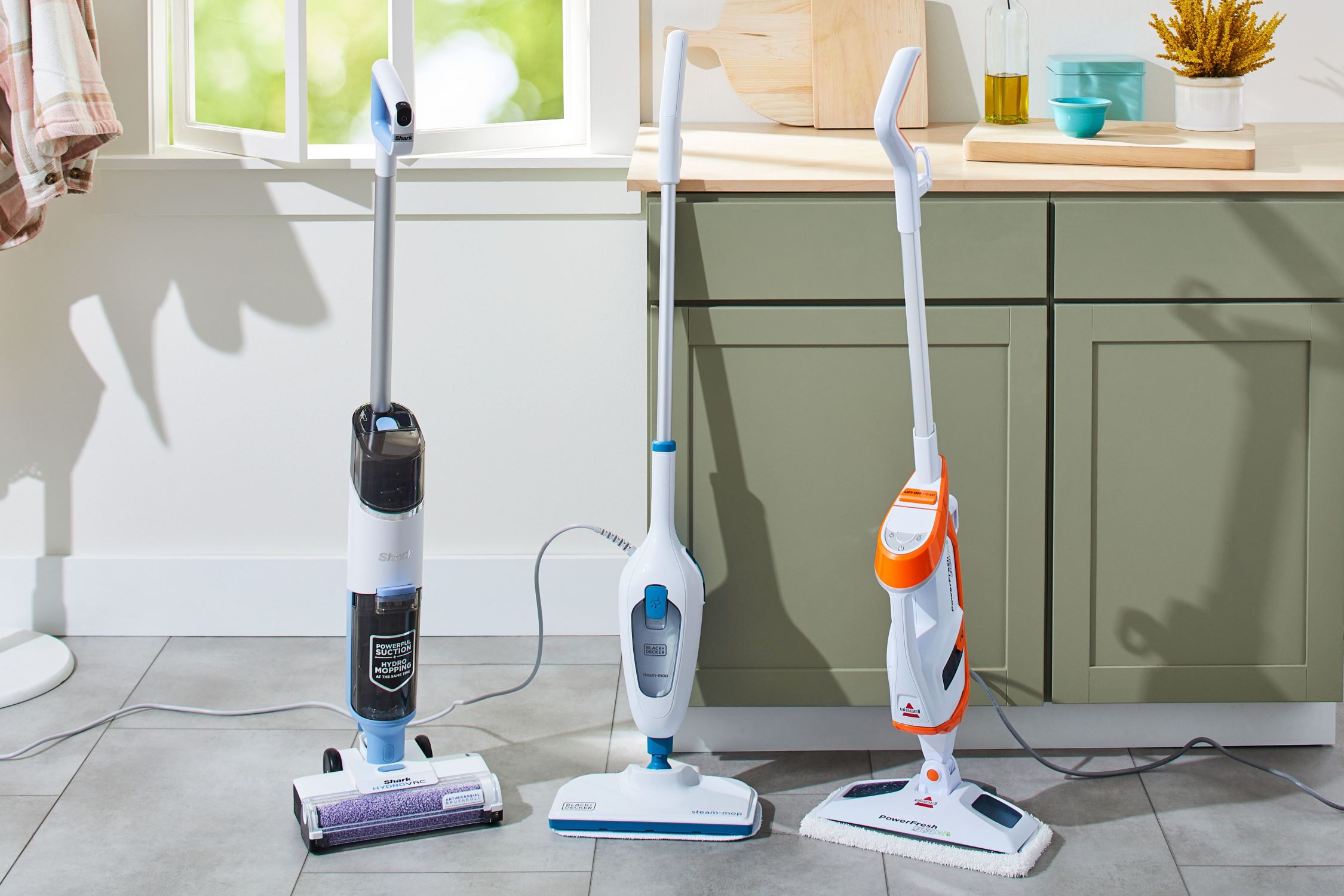
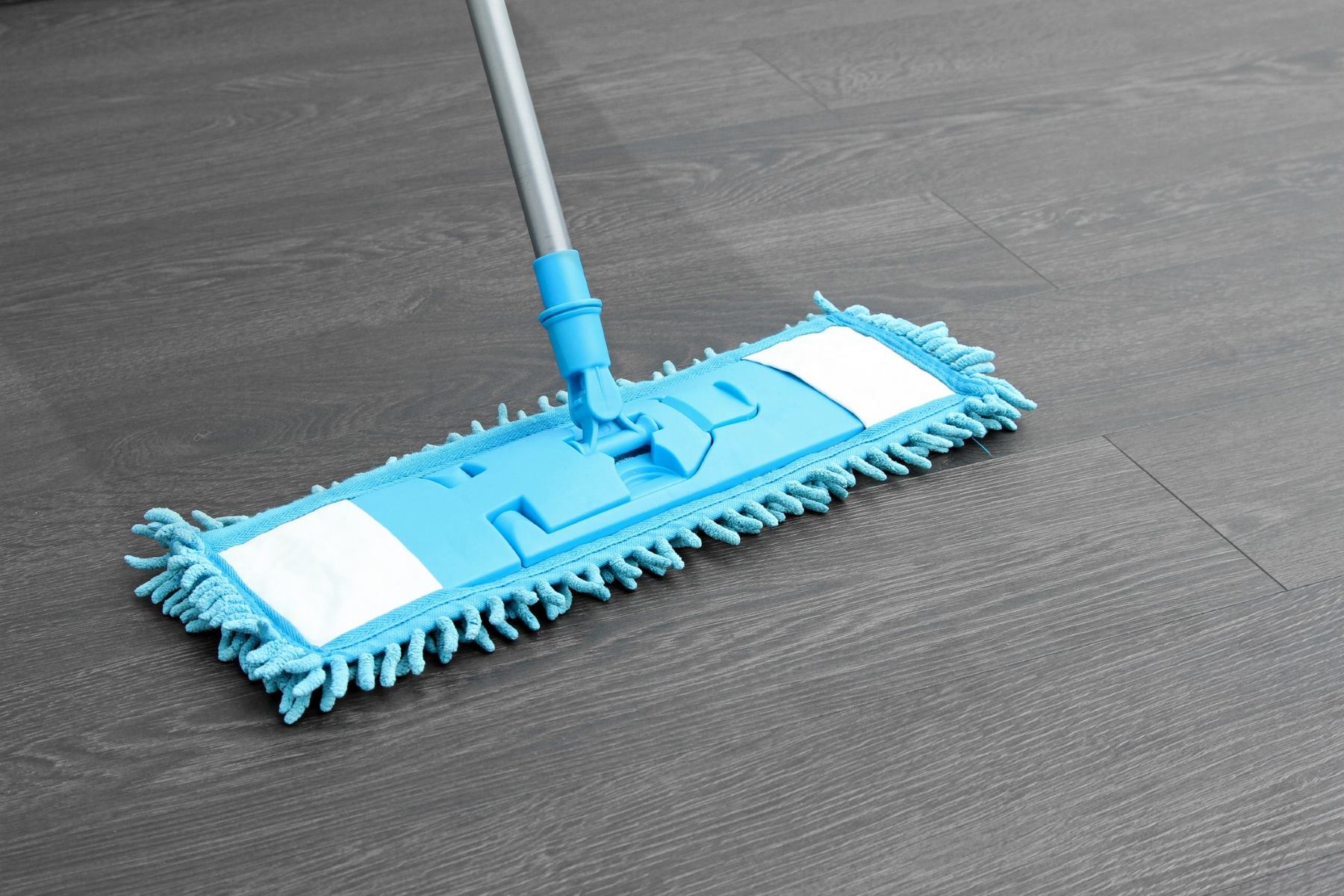
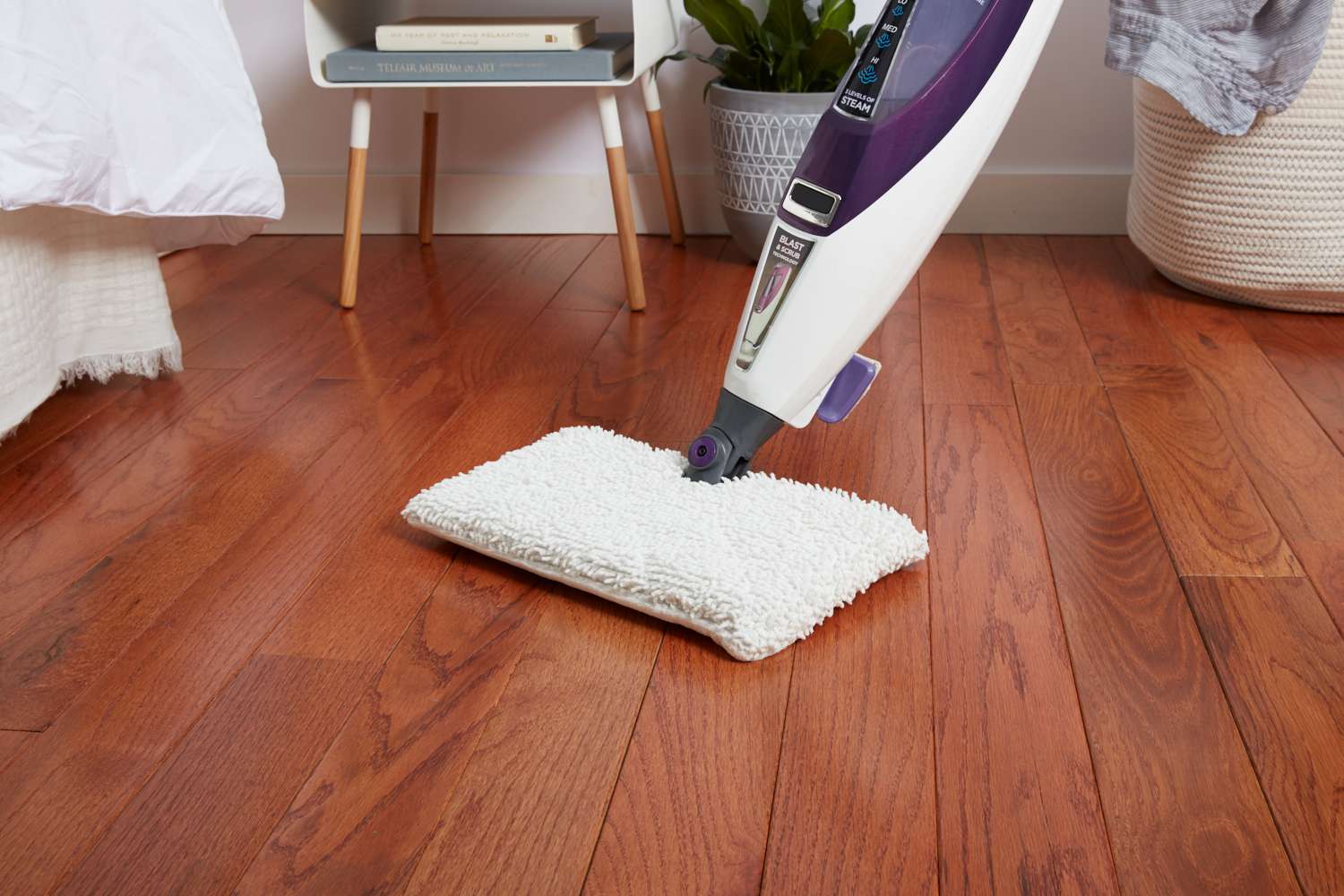
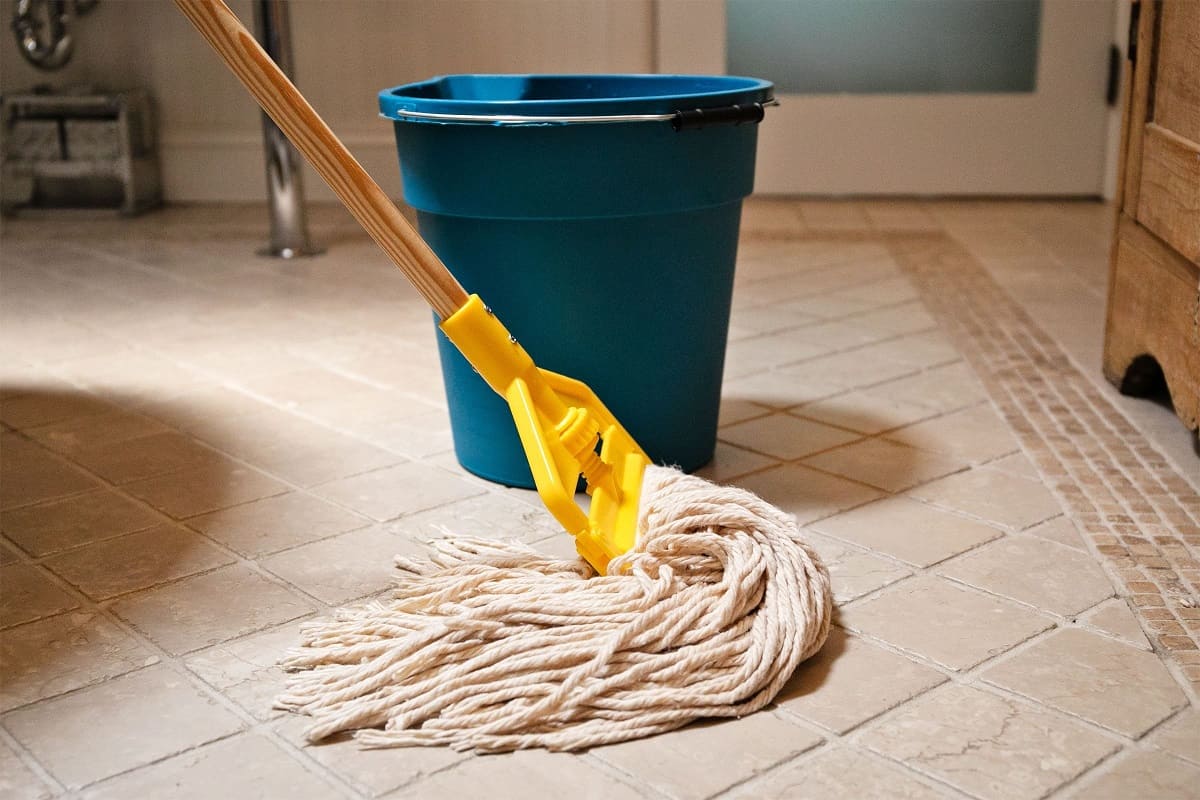
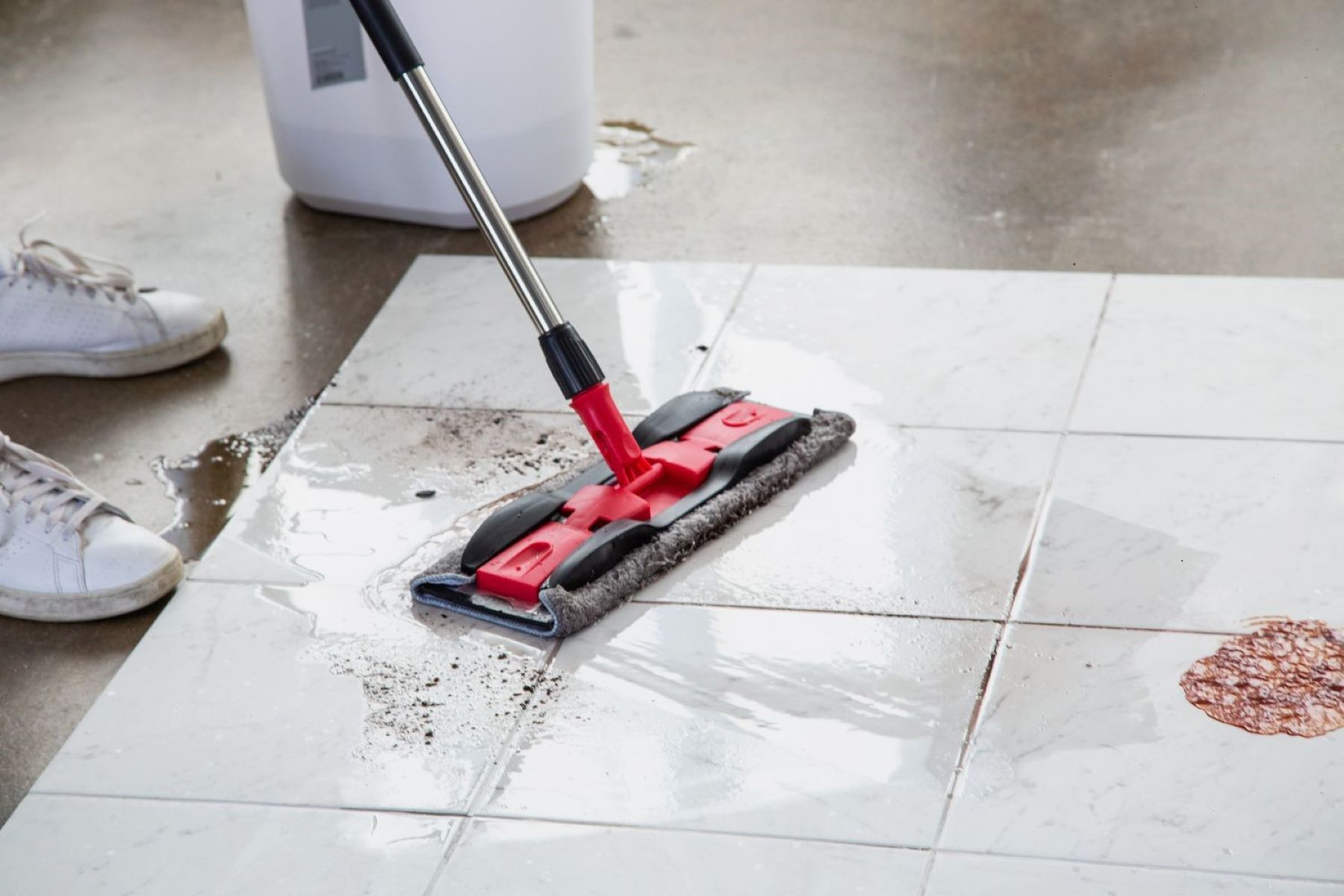
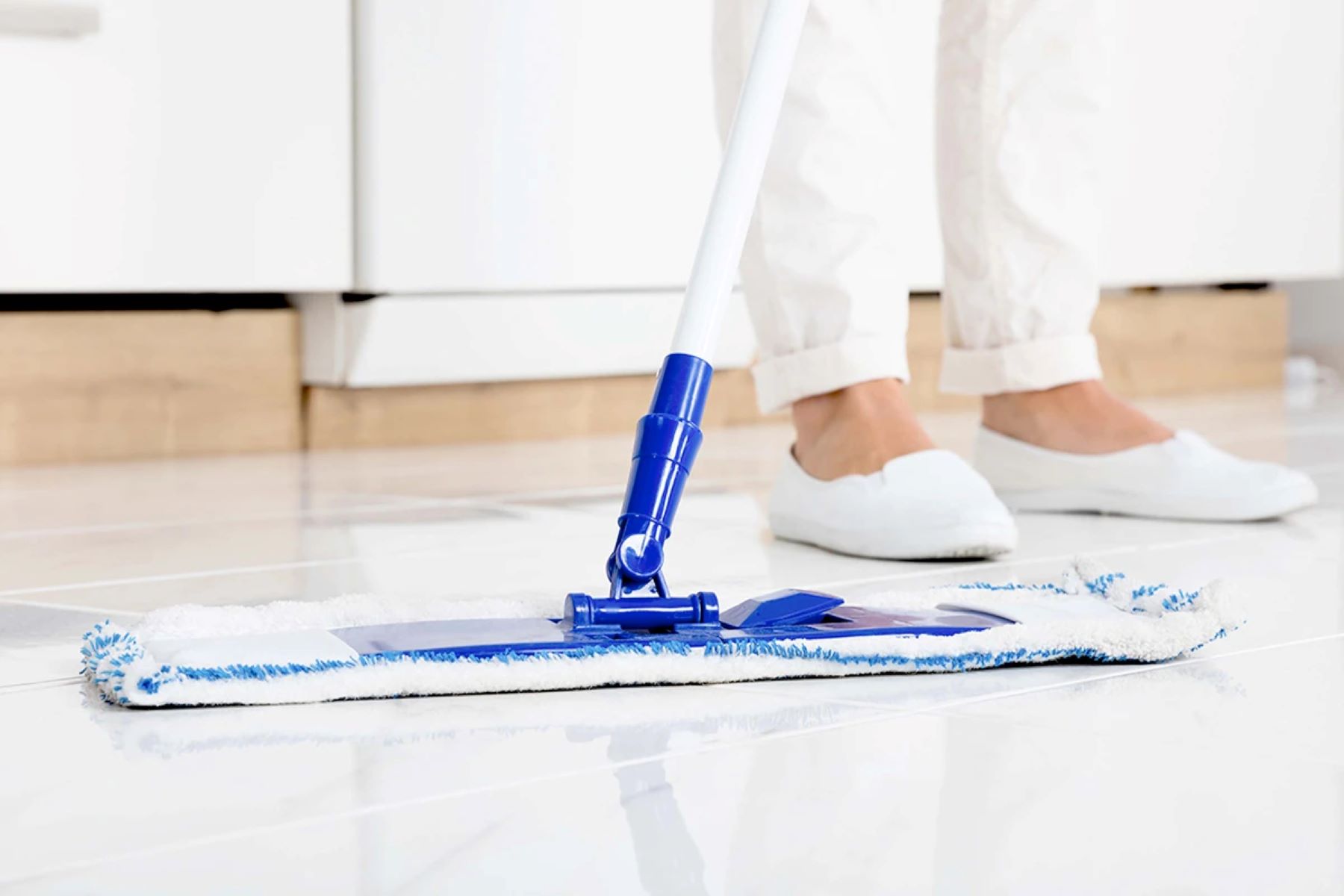
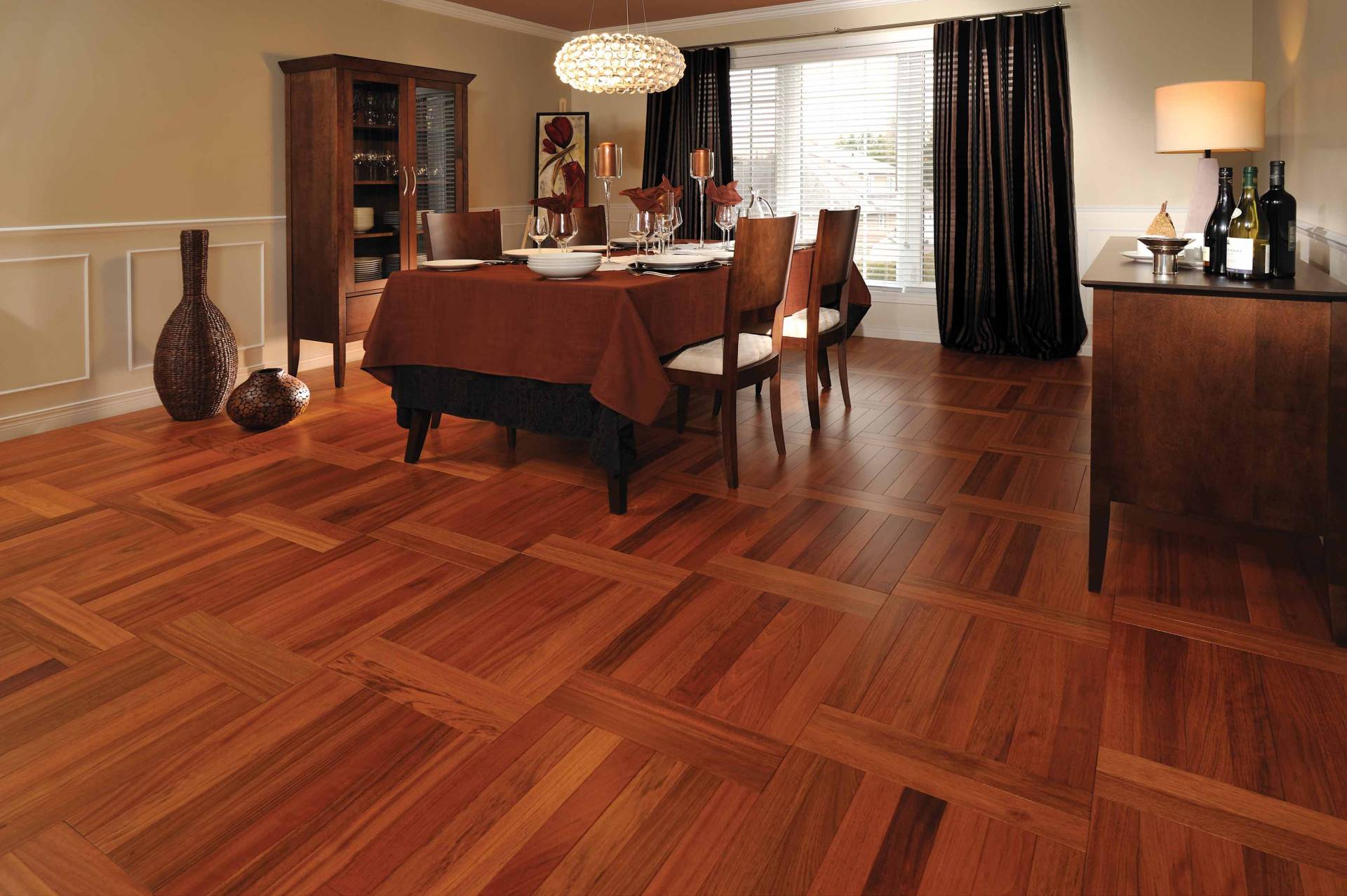
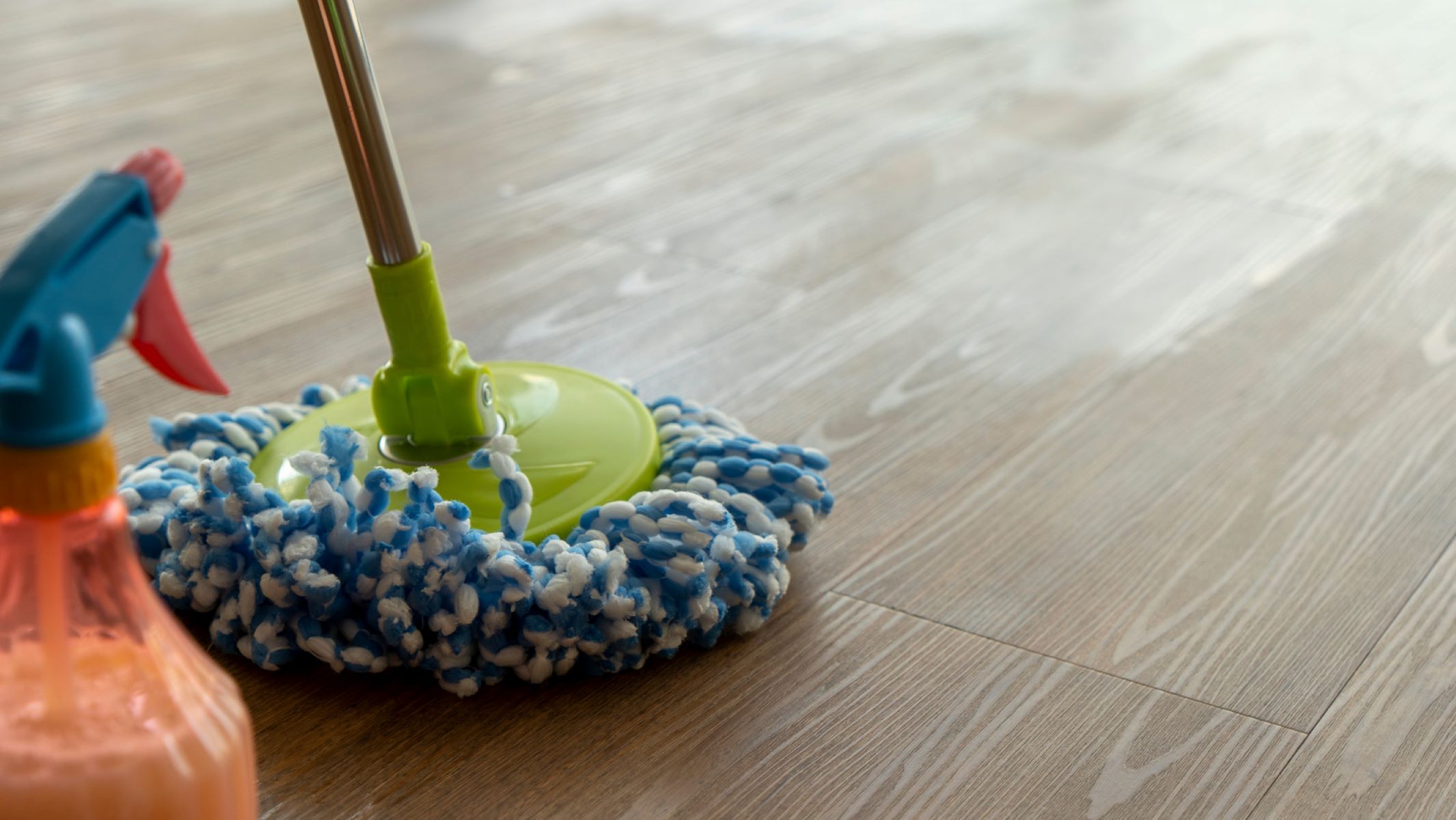
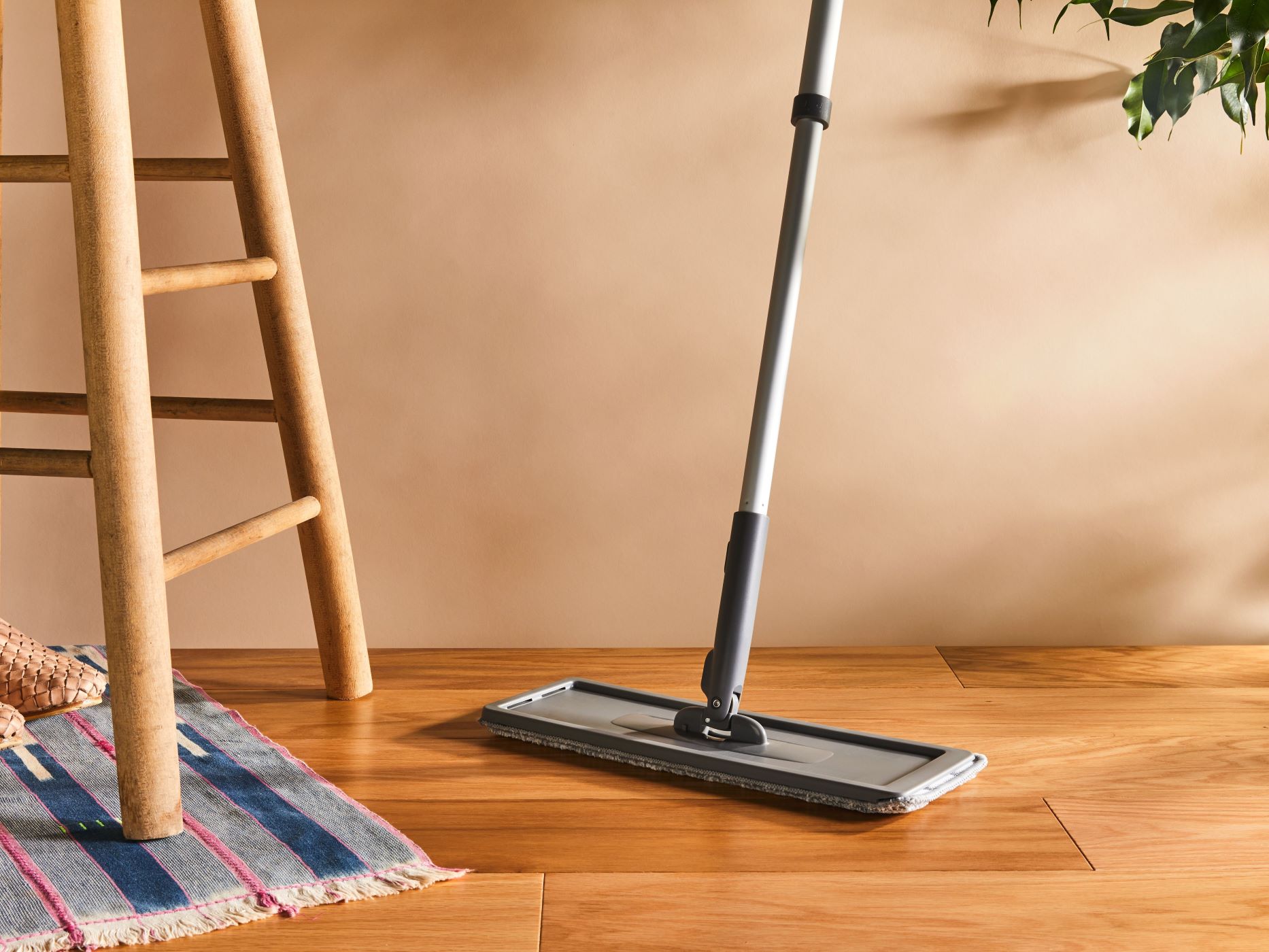
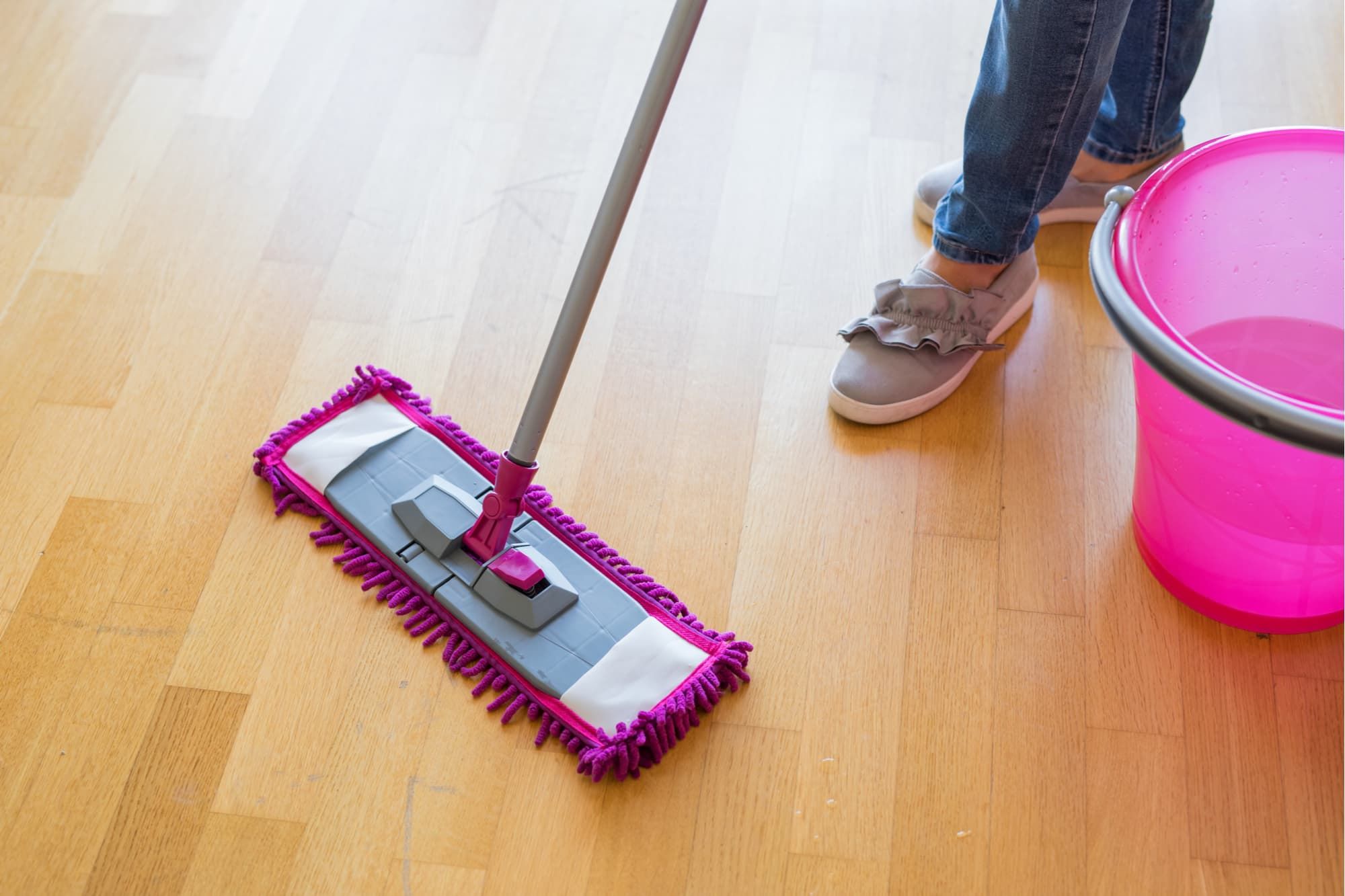
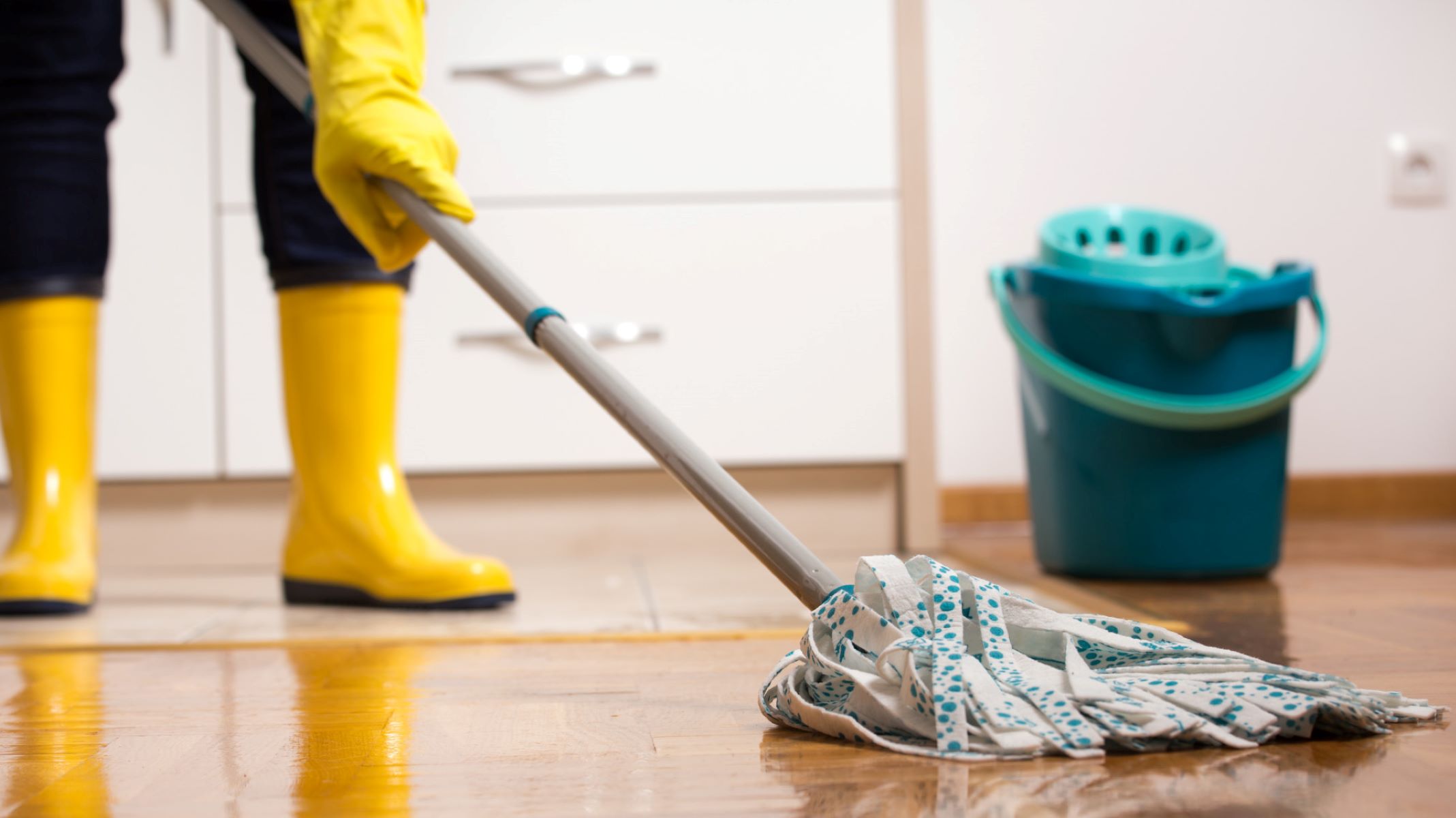
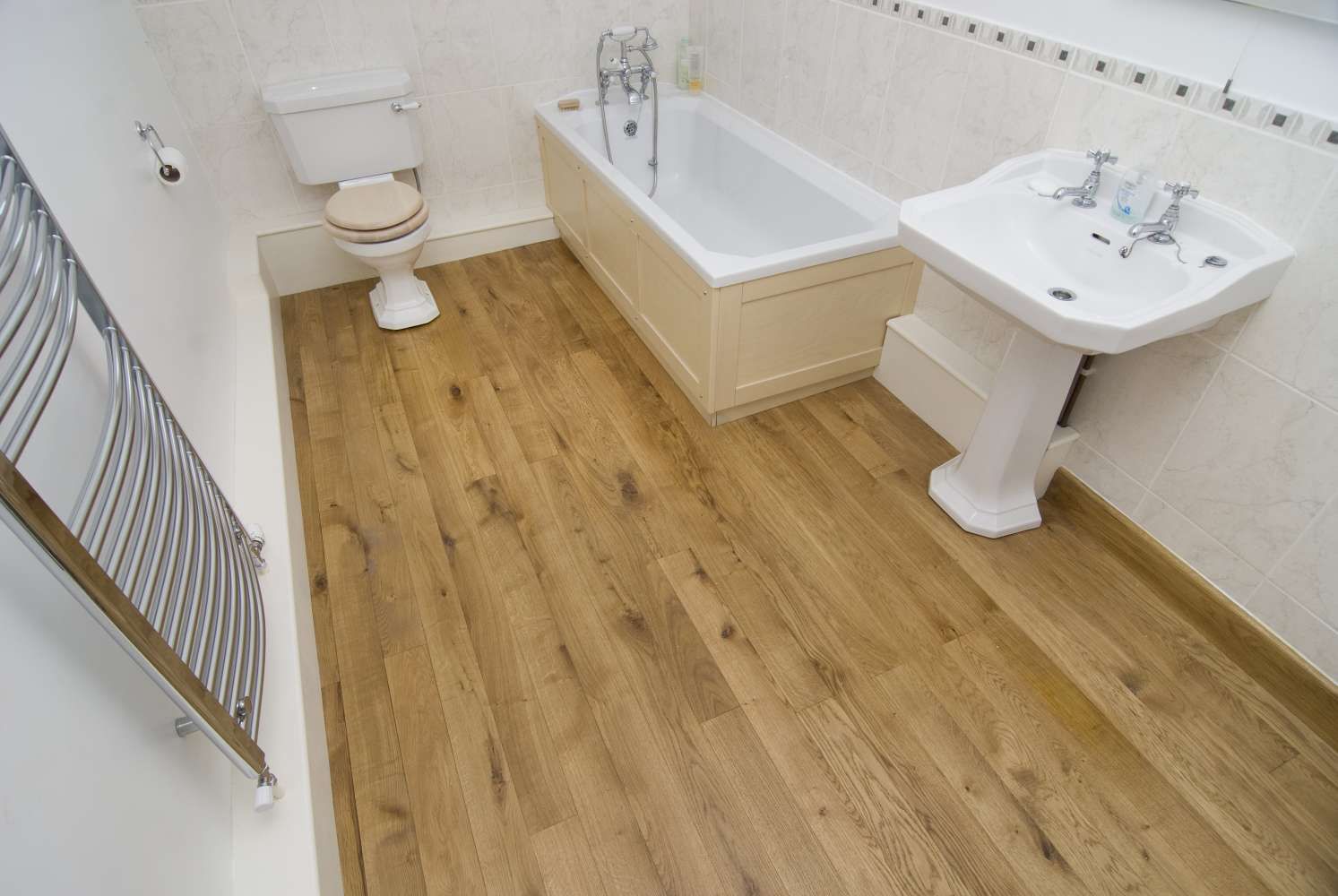
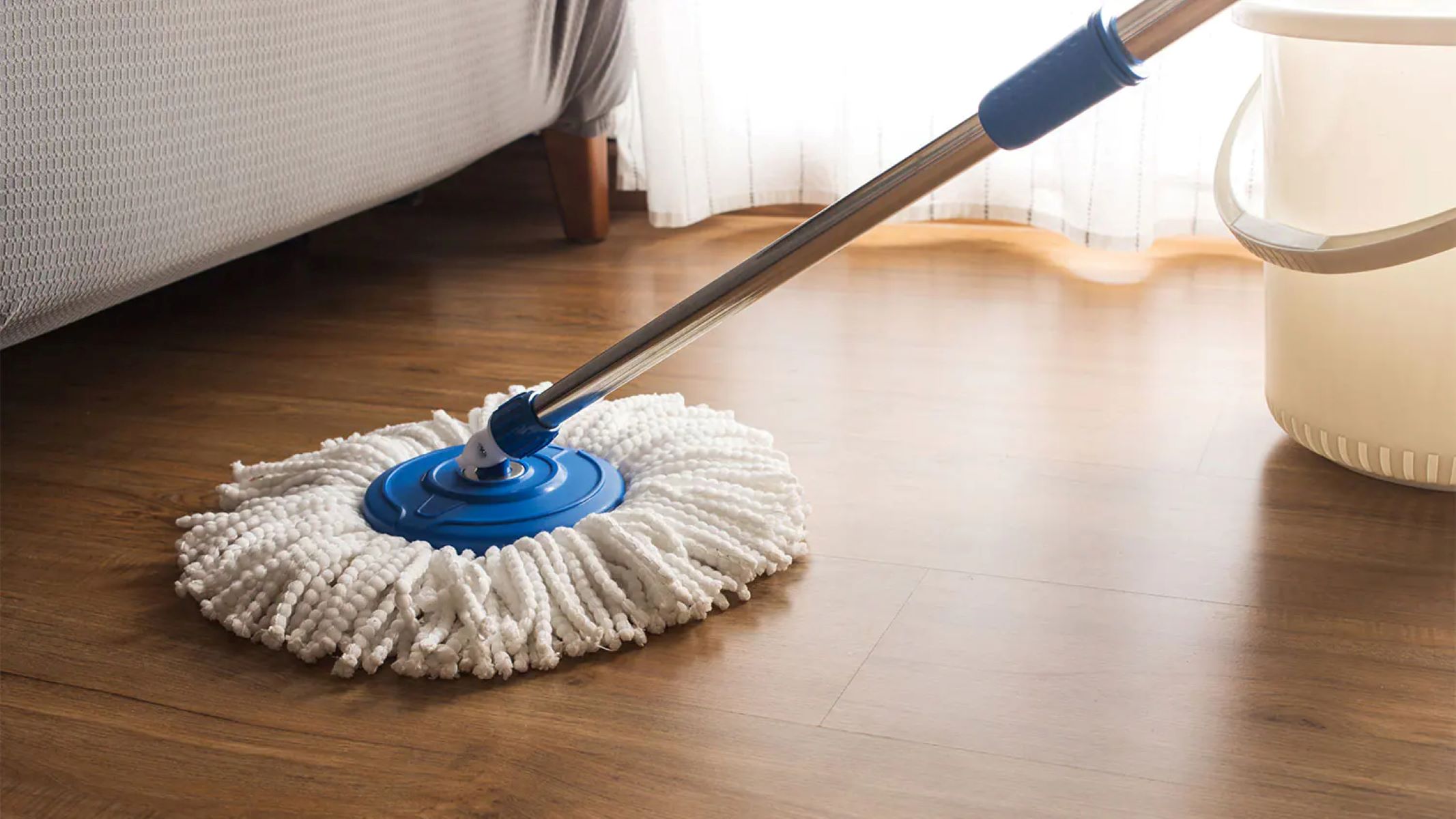
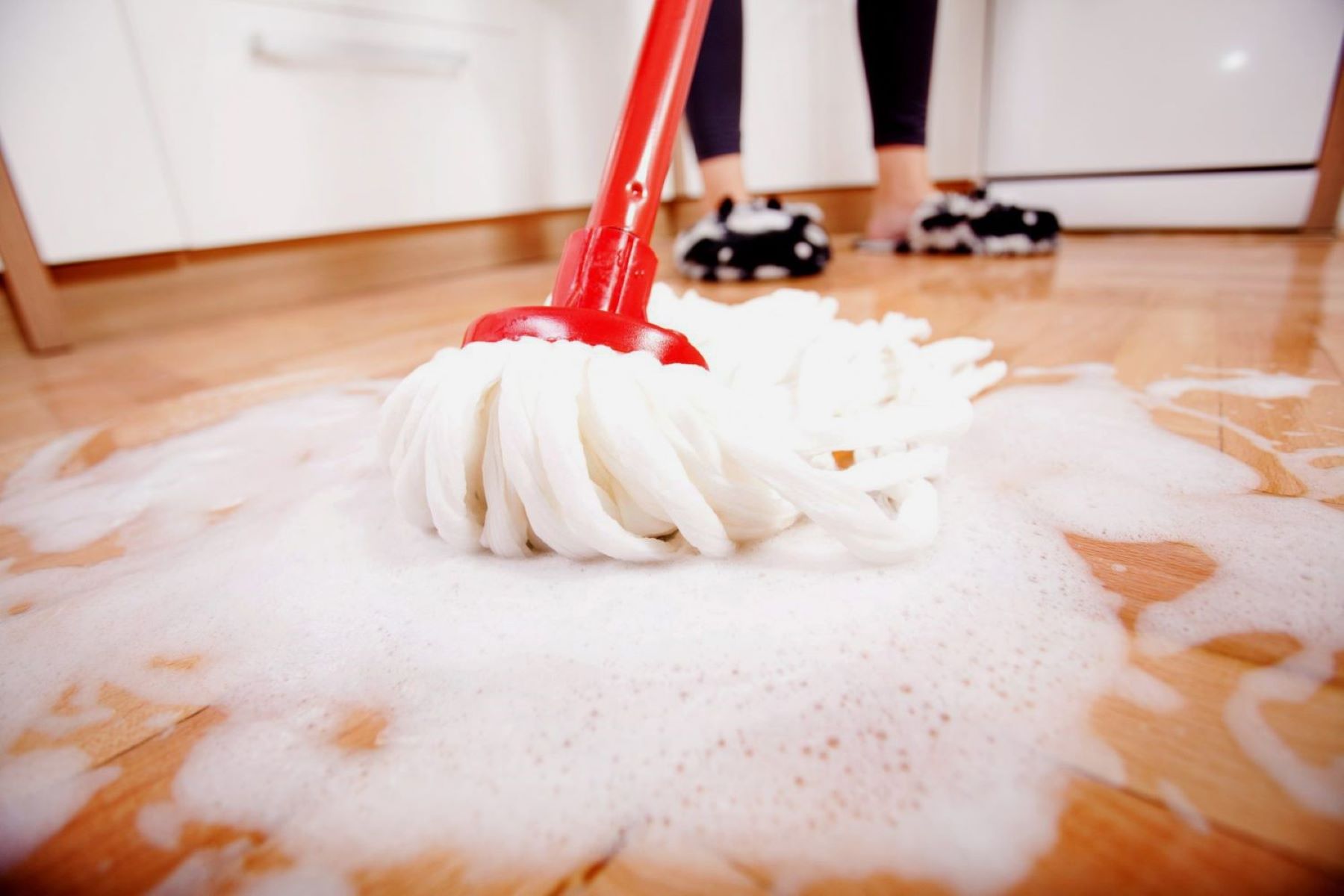

0 thoughts on “What To Mop Wood Floors With”